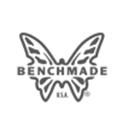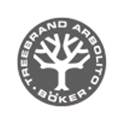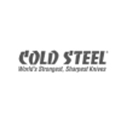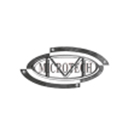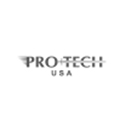A Folding Utility Knife Steel Guide
28th May 2022
Despite what you may have read somewhere at some point or other, there is much more - so much more - to steel than “carbon steel” and “stainless steel.” All steel has carbon anyway, so it goes much deeper than that.
Knife steel alloys, including those used in the production of utility blades and utility knives, feature a complex, rich mixture not only of iron and carbon, but other additives like chromium, vanadium, molybdenum, and other elements like silicon that alter the traits of the alloy.
Some elements make steel harder, others corrosion-resistant. Some make steel more machinable or add tensile strength. If you’re going to buy a new folding utility knife, here’s what you need to know.
Why Steel Choice Matters
There are several main reasons you should evaluate your choice of pocket knife steel before making a purchase. Classically, the three main determinants of quality were edge retention, toughness, and corrosion resistance, so these are the ones we will focus on.
●Hardness/heat treatment/edge retention:
The amount of carbon in a steel is the chief determinant of how hard the steel will be - but it has to be heat treated appropriately. The harder a steel is, the better it will generally be at holding an edge, and it will also typically hold up to wear better.
However, harder steels tend to be more brittle, too, which puts them at risk of snapping, chipping, cracking, and shattering. Hardness is customarily measured in Rockwell Hardness, or HRC.
●Toughness:
Toughness is how well a knife resists sudden impulse and impact. The tougher a steel is, the less likely it is to chip, crack or snap. Heat treatment impacts toughness, as does steel chemistry, with elements such as manganese, vanadium, and molybdenum all influencing steel toughness.
Generally, the harder a steel is, the lower the toughness, though this is not always the case.
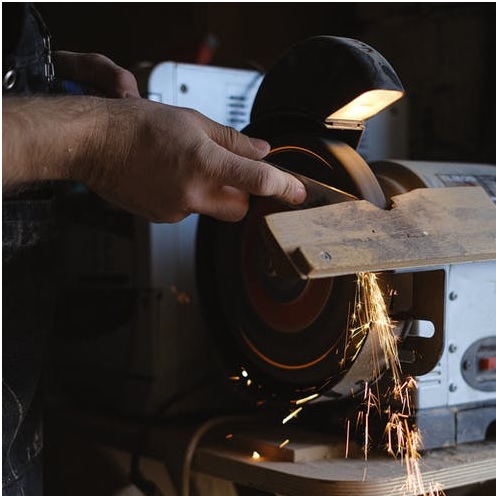
●Corrosion resistance:
Corrosion resistance is how well the steel can withstand corrosive elements like salt and water - that is, how well it resists rust.
Chromium is often added to steel alloys to make them more corrosion resistant, which often makes the steel softer as a result.
However, as with the toughness vs. hardness ratio regarding structural integrity, this is not always the case.
Different Types of Steel
●420HC: You may recognize 420HC as the steel that Buck Knife Company so frequently uses. It’s high in carbon, which allows it to take a heat treatment that makes it fairly hard. It’s easy to resharpen, but doesn’t hold an edge very well. With 13% chromium, it’s also one of the most corrosion-resistant steels in the industry.
●440A: 440A is an affordable steel like 420HC, only it contains more carbon. This gives it better edge-retention and wear resistance, but adversely impacts its corrosion resistance. It’s also easy to resharpen.
●1095: 1095 is everyman’s tool carbon steel. It has .95% carbon, which gives it pretty good edge retention and toughness. It’s also easy to resharpen, will take a very fine edge, and is extremely affordable. However, it has almost no corrosion resistance and will rust at a moment’s notice, so blade storage is a concern.
●14C28N: This is a Swedish Sandvik steel that contains high concentrations of carbon and nitrogen. The carbon enables the steel to take a good heat treatment (which offers high edge retention capabilities) and the nitrogen content gives it pretty good corrosion resistance. It takes an excellent edge and is fairly affordable.
●7Cr13MoV: This is a budget steel that has about .75% carbon, 18% chromium, and a smidge of nitrogen (.6%). It’s cheap and resists corrosion well, but it’s not particularly tough and usually quite soft, so despite the fact that it’s easy to resharpen, it doesn’t hold an edge for long.
●8Cr13MoV: 8Cr13MoV is a steep up (and in the right direction) from 7Cr13MoV. Harder and tougher than 7Cr but with better edge retention properties, 8Cr13MoV is seen as a mid-end steel that offers decent value for the price and won’t break the bank.
●AUS 8: Knives like the OKC Rat II make use of AUS 8 steel. It takes a great edge and is very resistant to corrosion while being pretty tough. The main drawback is the steel is fairly soft, so it doesn’t hold that edge long. Still, it’s pretty easy to resharpen.
●440C: 440C has the highest carbon and chromium levels of the 400-series of steels, which contaiins the 440A mentioned previously. As such, it is fairly hard (holds an edge well) and decently tough (resists chipping and snapping) while remaining soft enough to resharpen easily. It also is very resistant to corrosion.
●VG-10: VG-10 has high concentrations of chromium and vanadium. The chromium gives VG-10 pretty good corrosion resistance and the vanadium makes it dense and very, very strong. It resists chipping and breaking, but it’s hard to put a very fine edge on it. As a result, this is a good steel for larger blades that take pretty hard abuse.
●D2: D2 is a tool steel that contains a very high concentration of carbon (1.55%), a smidge of molybdenum (.8%), and a little bit of chromium (12 or 13%). It is a steel that can be made both very tough and very hard with the right heat treatment, giving it the ability to tolerate abuse and hold a wicked sharp edge for a long time. However, it remains soft enough to resharpen fairly easily. The one drawback of D2 is the lower chromium carbon content, which gives it low to average corrosion resistance. It’s slightly better at bucking rust than 1095, but that’s about all we can say.
●154CM: 154CM steel has high concentrations of carbon and chromium and it contains an extra measure of molybdenum as well. This results in a steel that is not only hard and corrosion-resistant but also pretty tough. It gets average to high marks on corrosion resistance, edge retention, ease of sharpening, and toughness.
●CPM--S30V: All CPM, or Crucible Particle Metallurgies steels, are formed from a powdered matrix that creates an even distribution of carbides throughout the alloy that allows for superior edge retention, wear-resistance, and, with the right heat treatment, toughness. In terms of value, CPM-S30V is considered one of the best steels in the industry, period, and is considered a super steel by many. High concentrations of carbon, niobium, and vanadium deliver a rich carbide distribution that gives CPM-S30V the ability to take a very sharp edge and hold it for a long time. It’s hard to sharpen, but not impossible.
●CPM-S35VN: CPM-S35VN is nearly identical in chemistry to S30V except that it contains a little bit more niobium in the matrix. As a result, it is very hard, tough, and corrosion-resistant steel - just a slight improvement over S30V. Both steels are excellent and considered premium entries.
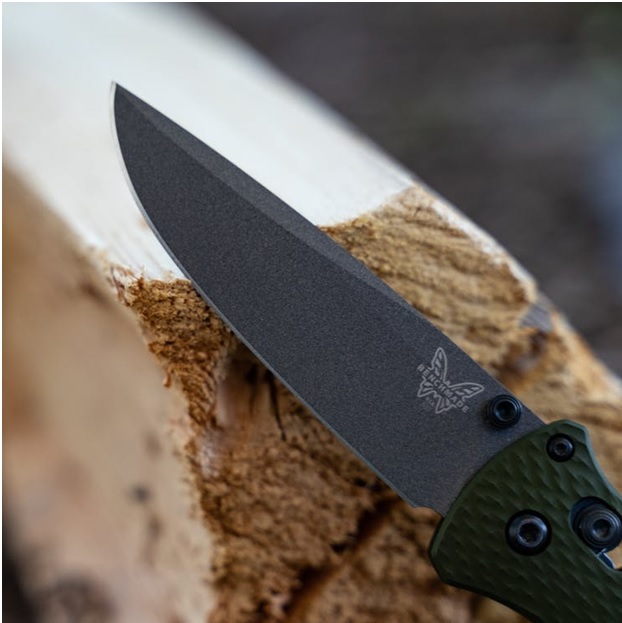
●CPM-20CV: High levels of chromium, carbon, and vanadium round out this impressive super steel that is considered one of the best, hands down, in the world of knifemaking. It gets high marks in all arenas save one. It takes a razor-sharp edge, will hold it for a long time, is resistant to wear and chipping, and is surprisingly corrosion resistant, even in unforgiving conditions. The one drawback: It’s very hard to resharpen.
●CPM-S90V: High carbon content and even higher concentrations define this super steel. It has an amazingly high vanadium content - at 9%. What you get from this steel is a lot like what you get from CPM-20CV, except it’s even harder and tougher. It takes a razor edge, holds it forever, and is very corrosion resistant. It shares the same fault as 20CV, though, as it’s a nightmare to resharpen - even worse, actually, but that’s a small price to pay for such a hard, tough steel.
●M390: M390 is a super steel that’s high in chromium, vanadium, molybdenum, and tungsten. It holds an excellent edge and is very hard, wear-resistant, and extremely tough. It’s a lot like CPM-S90V, and corrosion-resistant, too, but it’s not quite as hard to resharpen, which is a bonus.
This list of knife steels is not complete. Rather, we have gone ahead and compiled the vast majority of the most common knife steels on the market and offered an overview. There are many other steels used in knife, ax, sword, and tool production. These are just some of the most popular.
Pick Up a New Folding Utility Knife, Be Confident in the Purchase
Now that you know enough about knife steels to hold your own, you can invest in a new folding utility knife with greater confidence in the purchase. Now you know how to choose what you need, holding for edge retention, toughness, corrosion resistance, and ease of sharpening and maintenance.
We carry a wide range of heavy-duty folding blades that you can use in lieu of box cutters with quick-release buttons, easy blade replacements, and belt clips. A pocket knife does as good a job if not better - and now you know what steel to look for.
Take a look through our collection of folding knives and tools and get in touch with us at WhiteMountainKnives@Gmail.com if you have any questions.



